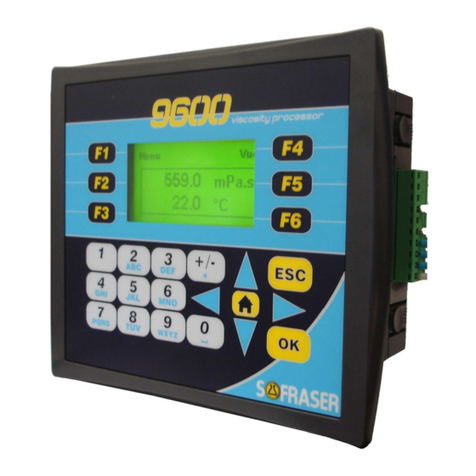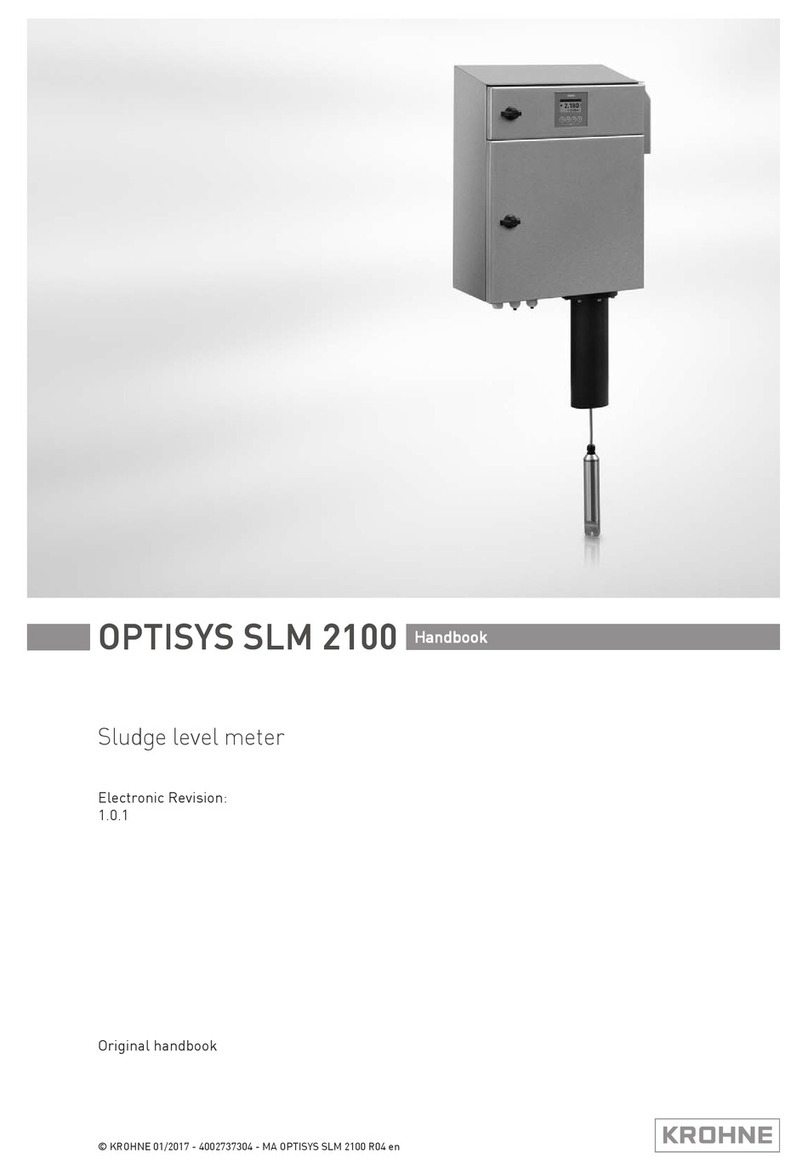MGL Avionics GF-2 User manual









Table of contents
Other MGL Avionics Measuring Instrument manuals
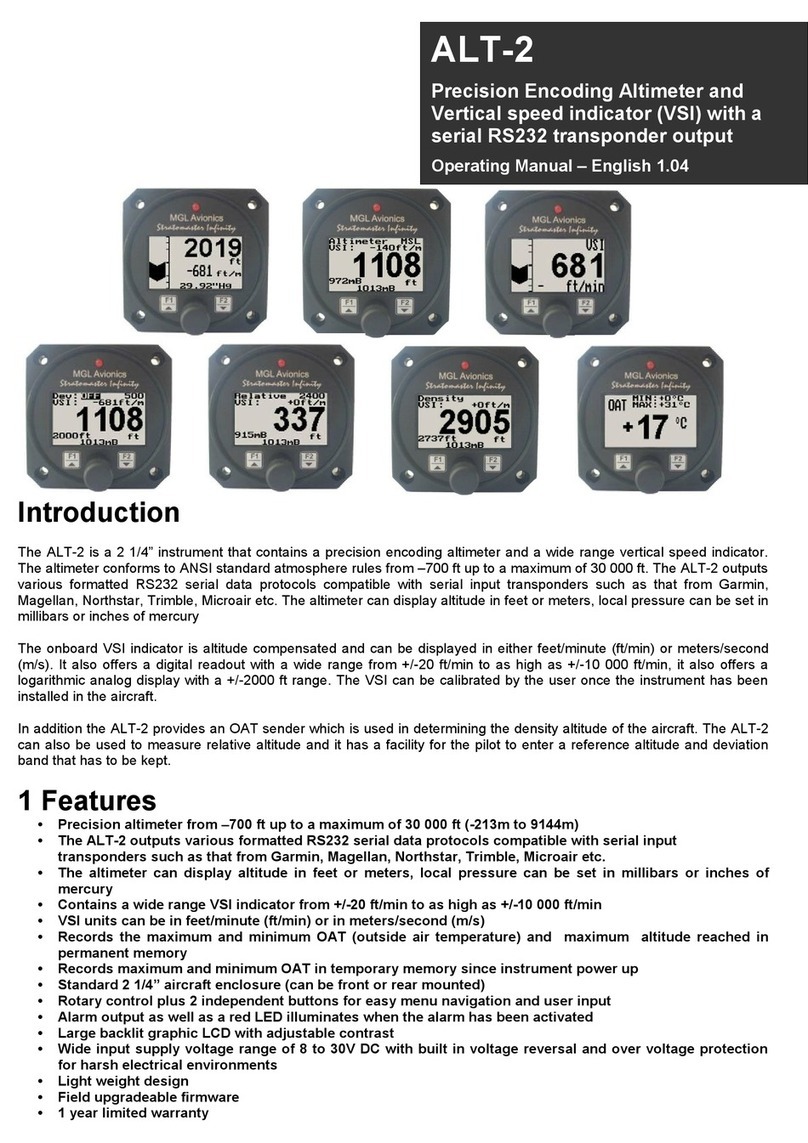
MGL Avionics
MGL Avionics ALT-2 User manual
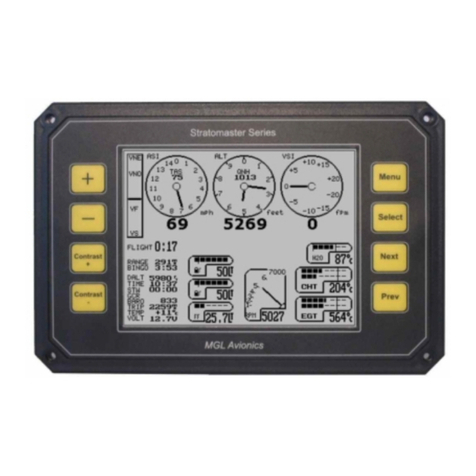
MGL Avionics
MGL Avionics Ultra Horizon XL User manual
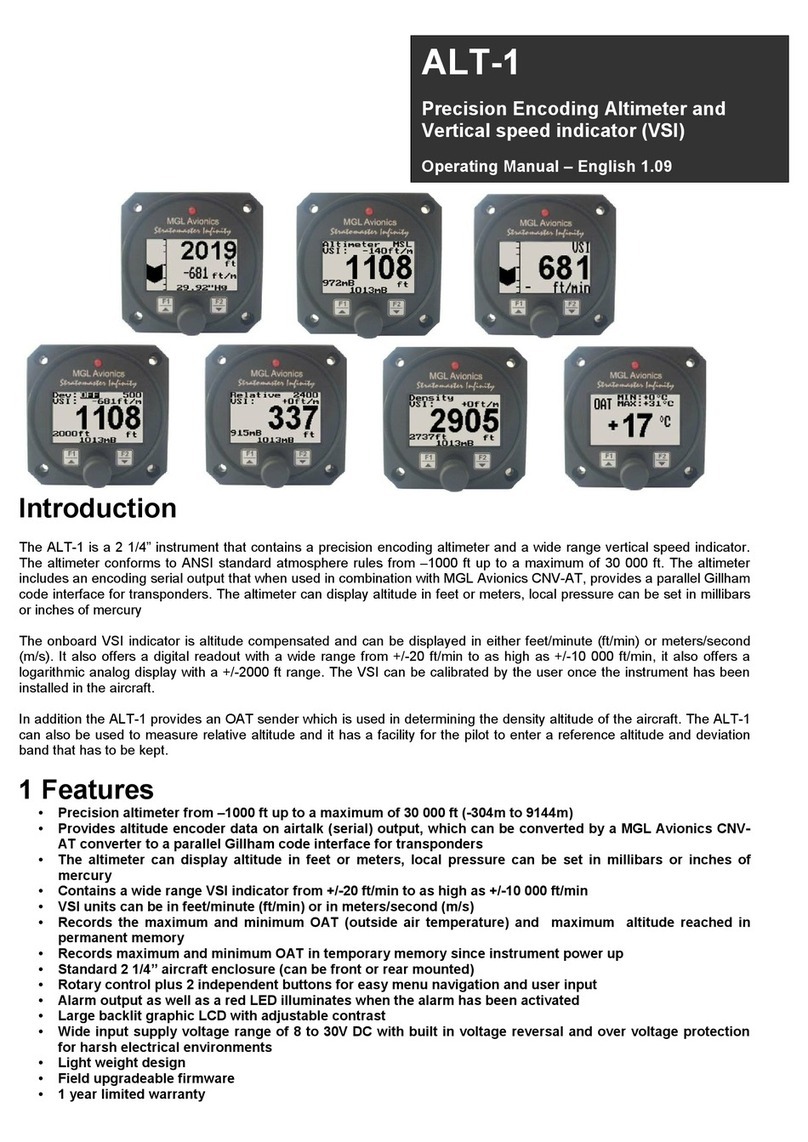
MGL Avionics
MGL Avionics ALT-1 User manual
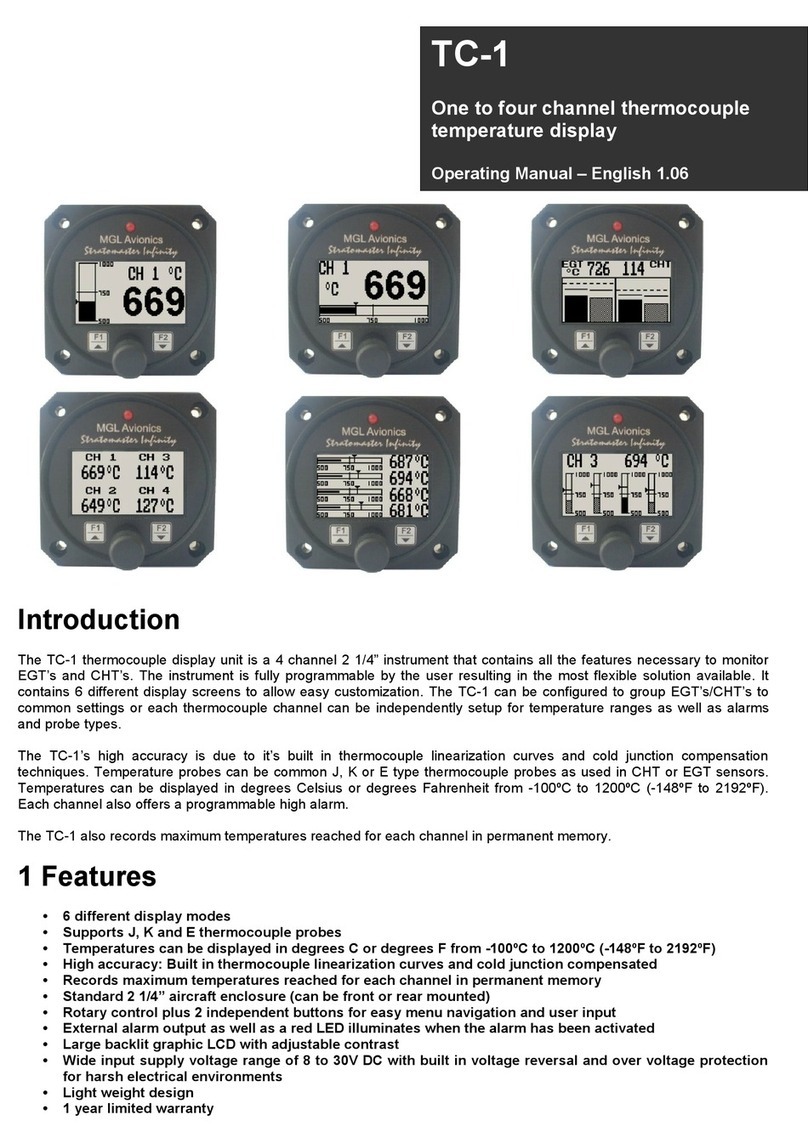
MGL Avionics
MGL Avionics TC-1 User manual
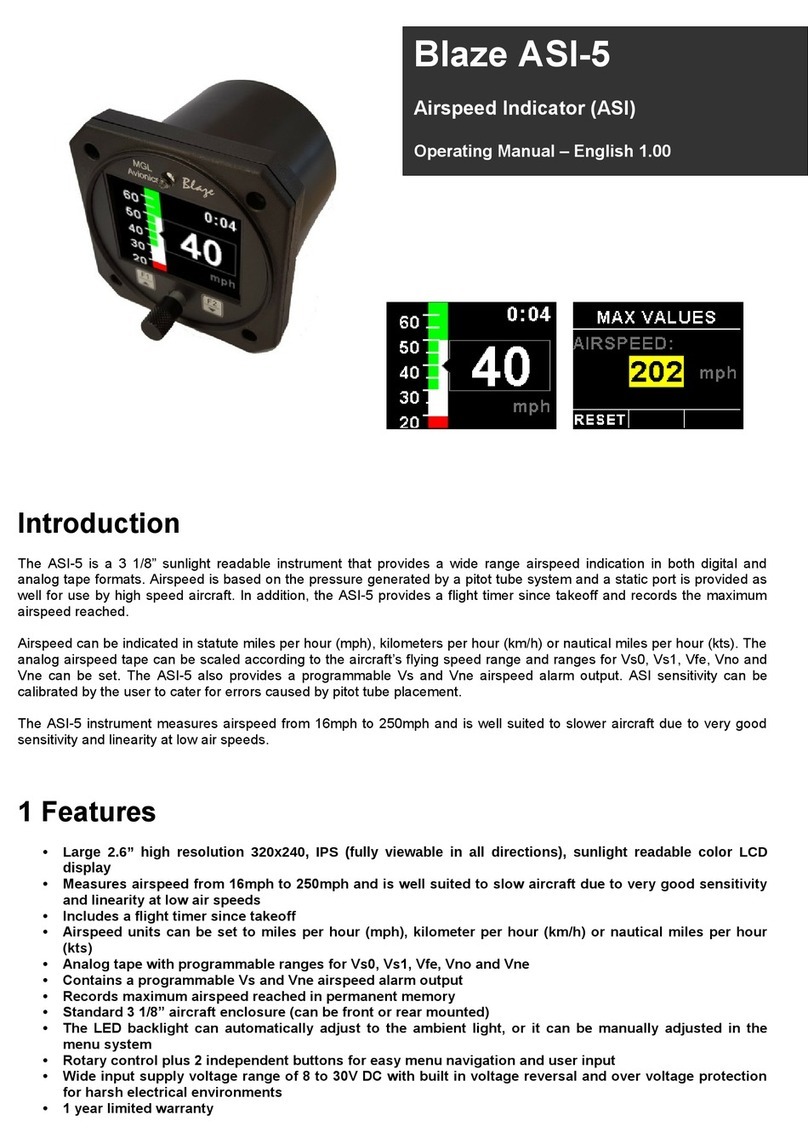
MGL Avionics
MGL Avionics Blaze ASI-5 User manual
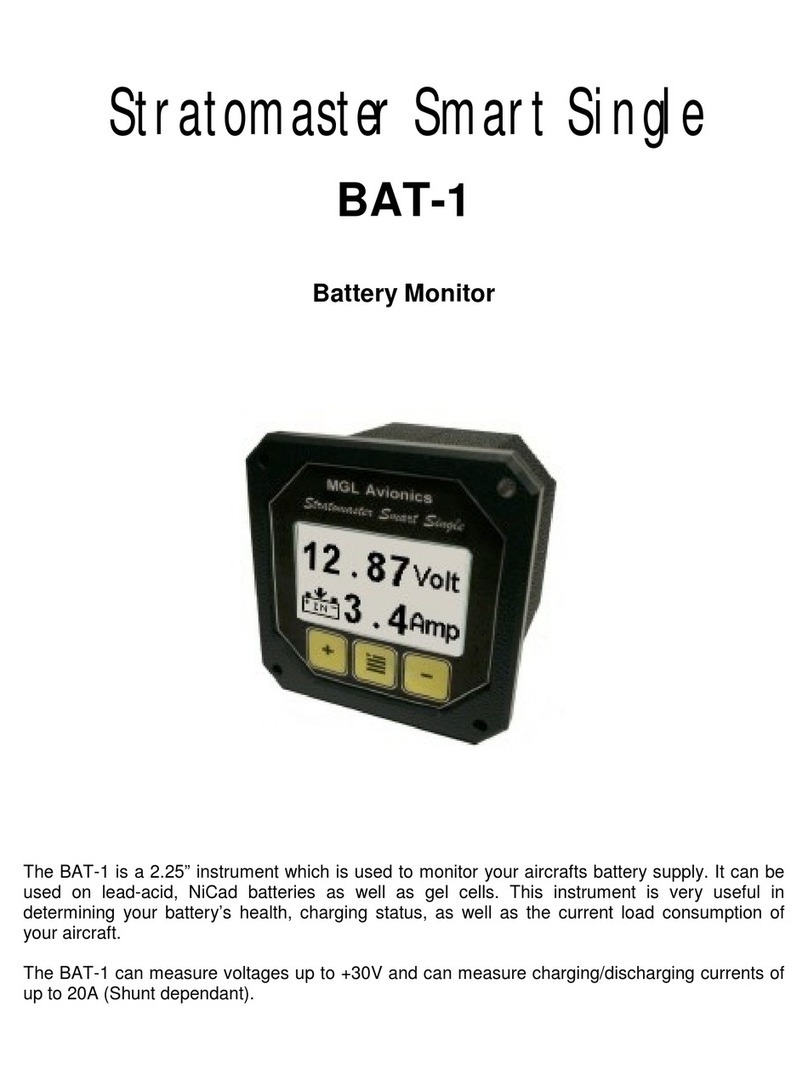
MGL Avionics
MGL Avionics BAT-1 User manual
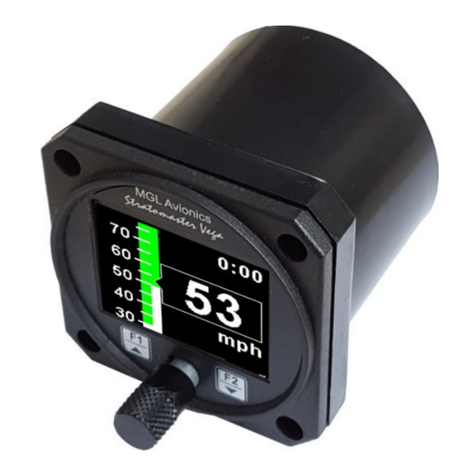
MGL Avionics
MGL Avionics Stratomaster Vega ASI-4 User manual
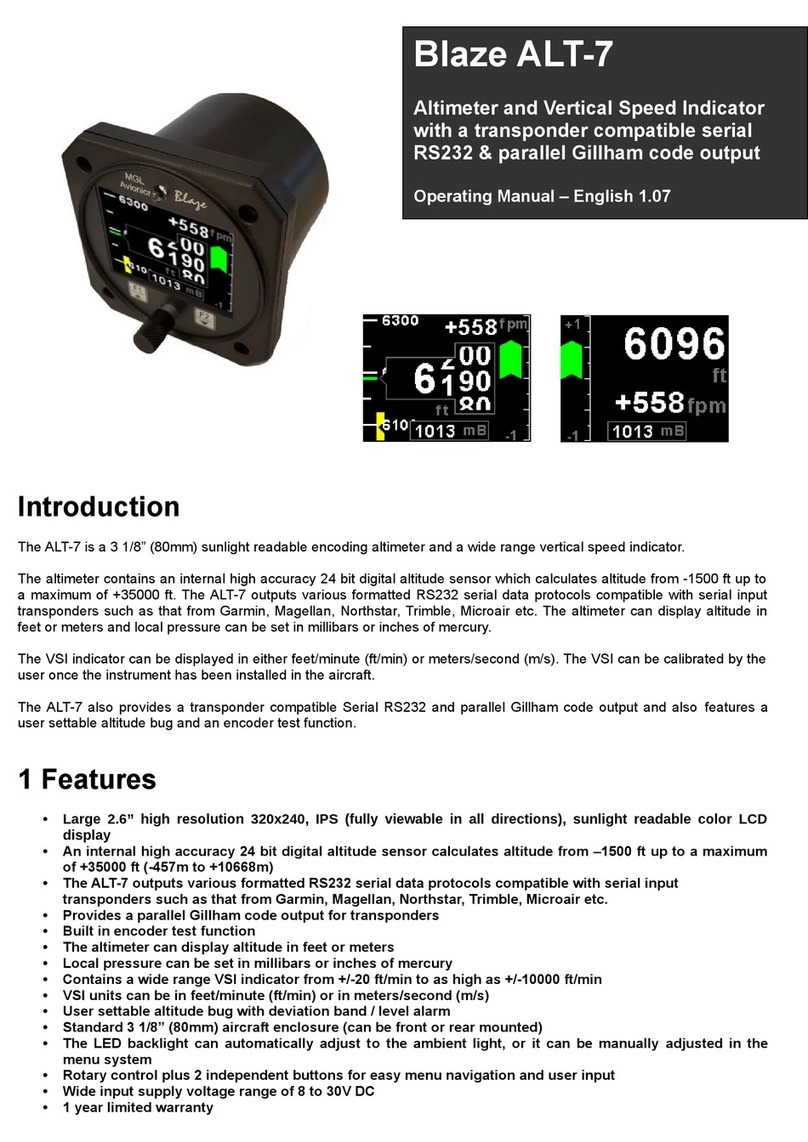
MGL Avionics
MGL Avionics Blaze ALT-7 User manual
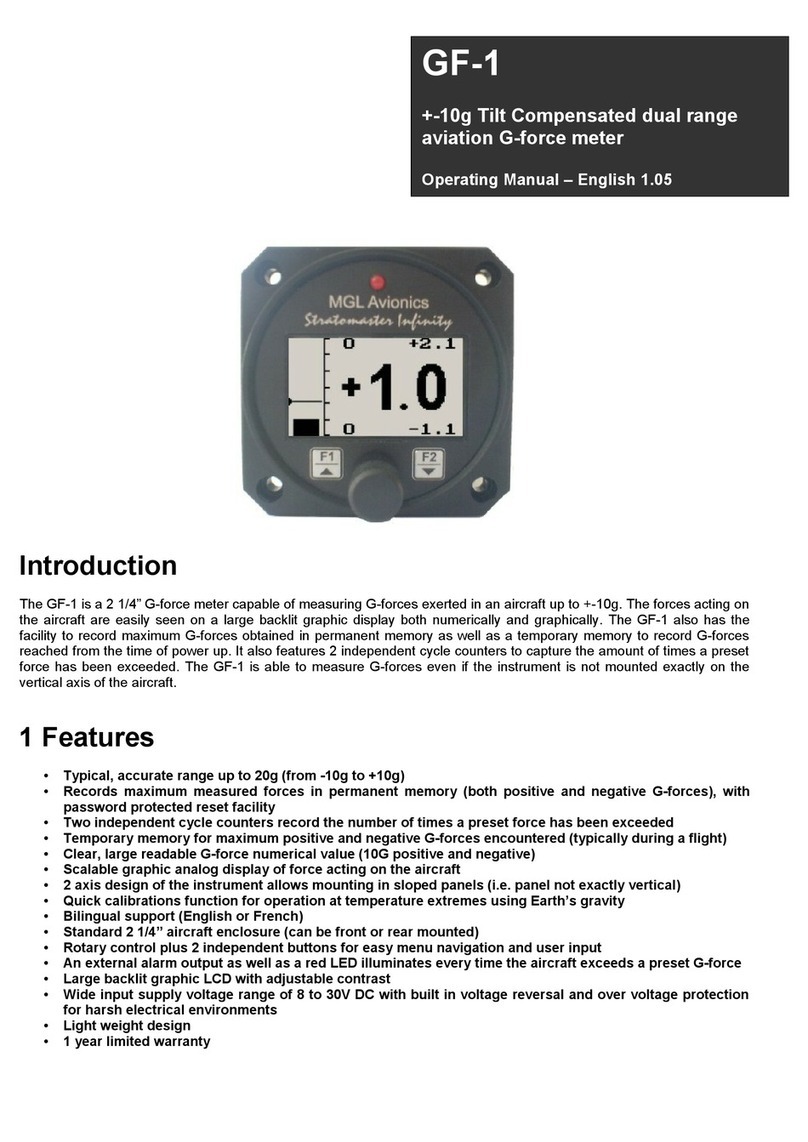
MGL Avionics
MGL Avionics GF-1 User manual
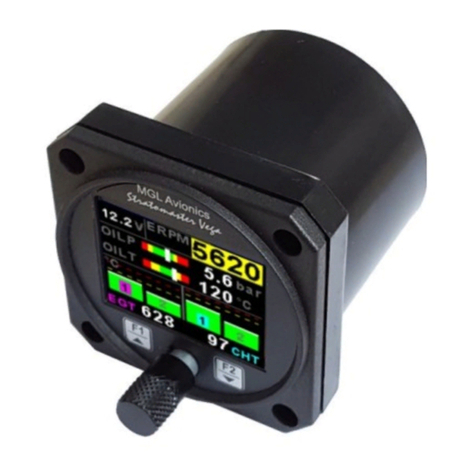
MGL Avionics
MGL Avionics Vega EMS-1 User manual
Popular Measuring Instrument manuals by other brands
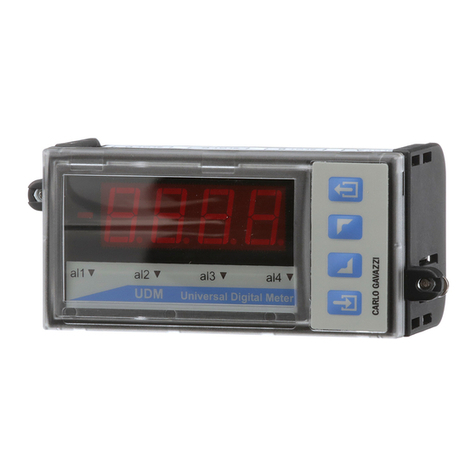
CARLO GAVAZZI
CARLO GAVAZZI UDM 35 - PROGRAMMING Programming guide

Circutor
Circutor DCP-96 Vac instruction manual
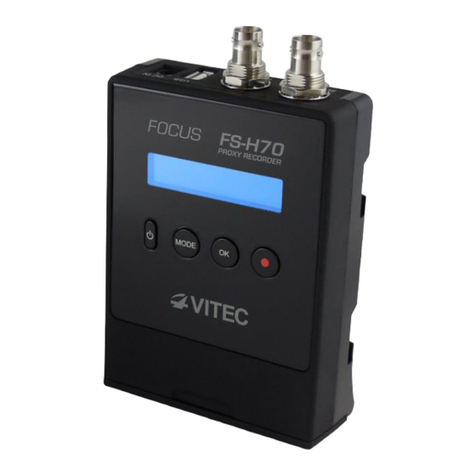
Vitec Multimedia
Vitec Multimedia FOCUS FS-H70 Frequently asked questions
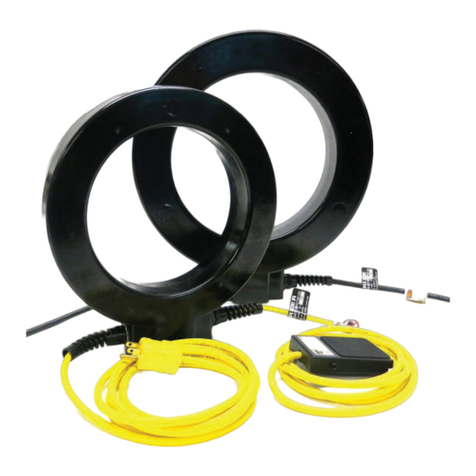
Parker Research Corp
Parker Research Corp PL-8 quick start guide

Hach
Hach Sigma 950 Basic user manual
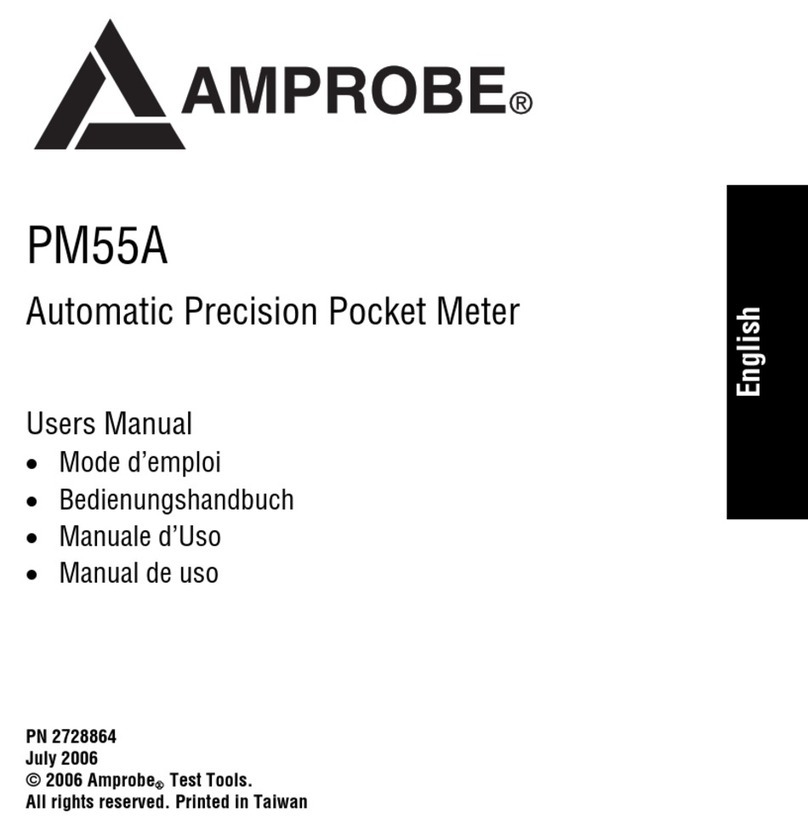
Amprobe
Amprobe PM55A user manual
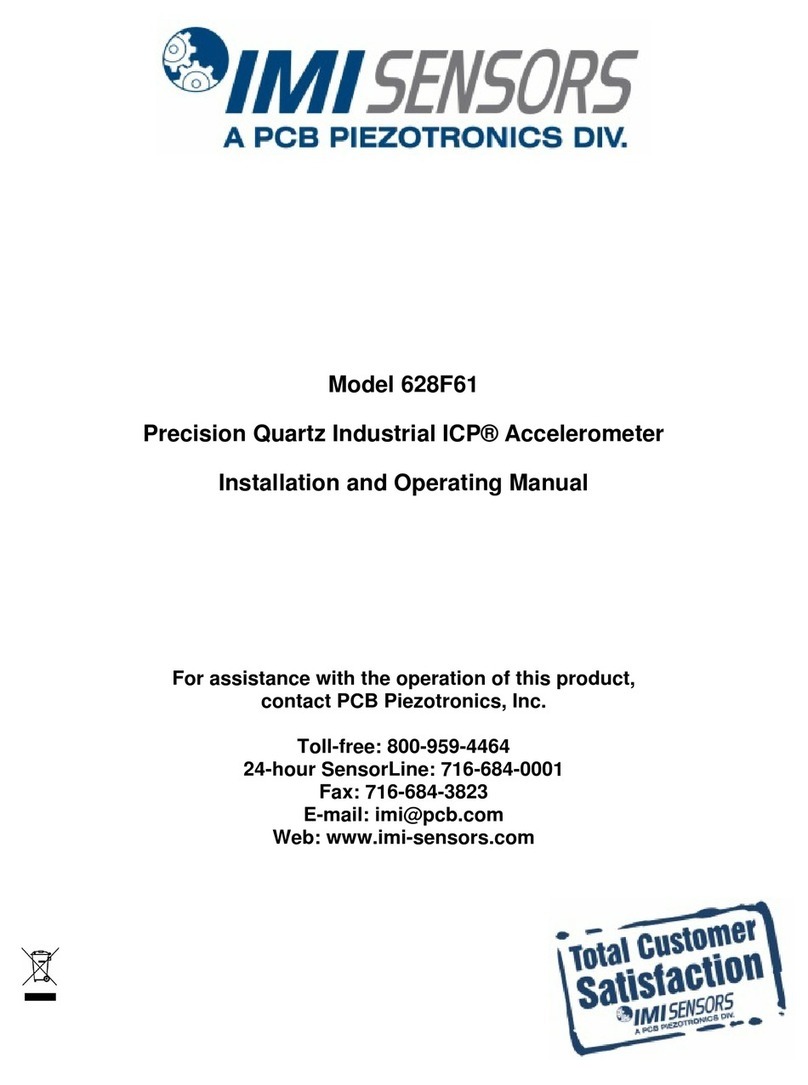
PCB Piezotronics
PCB Piezotronics IMI SENSORS 628F61 Installation and operating manual
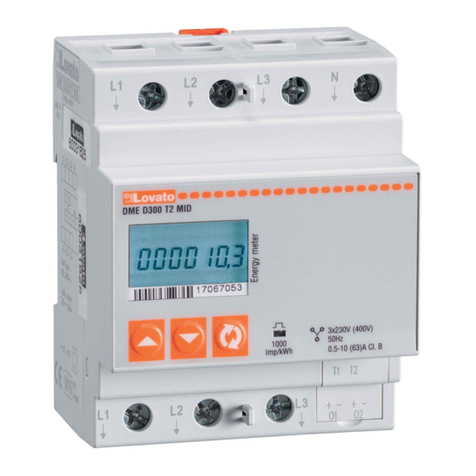
LOVATO ELECTRIC
LOVATO ELECTRIC DME D300 T2 instruction manual
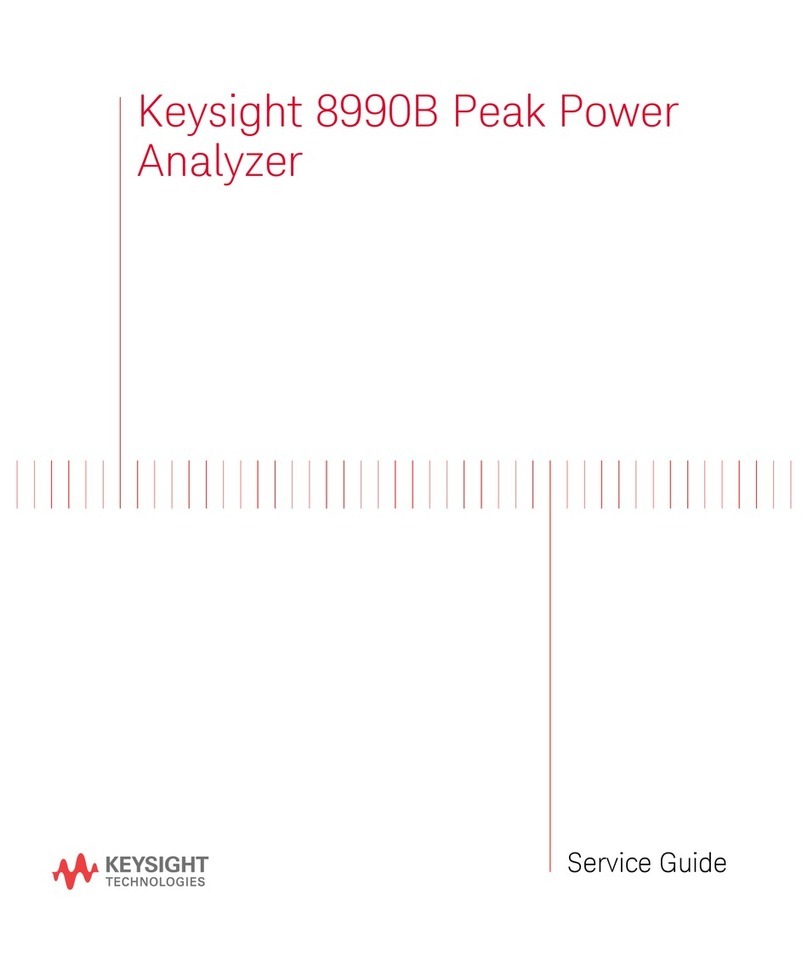
Keysight
Keysight 8990B Service guide

Reed Instruments
Reed Instruments SMART Series instruction manual

Philips
Philips PM8936/09 instruction manual
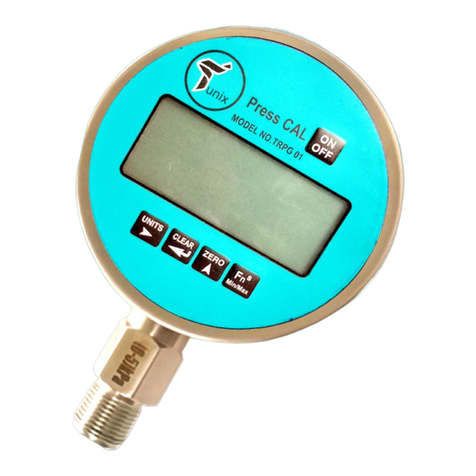
Tunix
Tunix TRPG-01B Instrument manual



